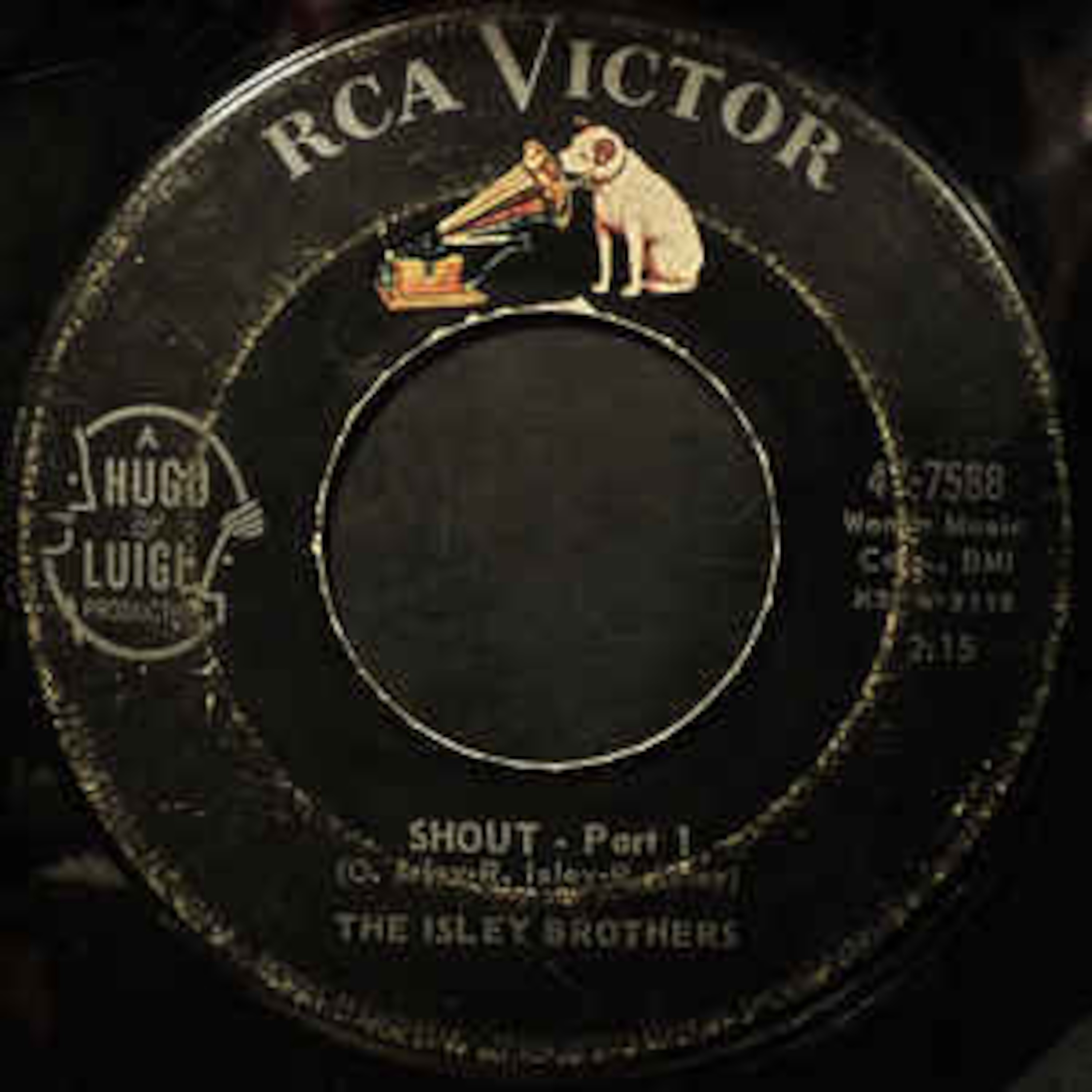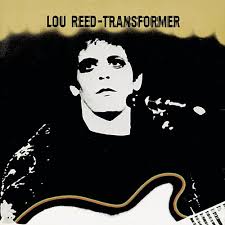Click here to view a transcript of this show.

The Isley Brothers were an act that seemed to do well on stage, but they were having difficulty getting traction as far as record sales or radio airplay were concerned. While performing in Philadelphia, Ronald Isley recognized that their cover of Jackie Wilson’s “Lonely Teardrops” was getting a terrific response from the audience, so he started ad-libbing a call-and-response section to keep the song going. It worked out so well that they kept doing the bit, and when they’d finished the series of performances, their producers suggested that they turn the bit into a single of its own. And a gigantic hit was born!
Ha, Ha! Just kidding. The song only went to #47 on the Billboard charts. But it became a popular party tune, and was covered repeatedly by numerous artists, including Lulu, who was only 13 years old and still performing as Lulu and the Luvvers. Here’s her 1965 appearance on Ready Steady Go. I like the full ending she puts on the record, and the way she gives up lip-synching before she’s quite done:
Finally, 1978 rolled around and the song was used in the film National Lampoon’s Animal House, performed by a fictional band called Otis Day and the Knights, which re-activated the song’s popularity (and contributed heavily to the Isleys getting Gold certification for their version), and allowed the singer of the band (not the guy you see on stage, that’s a lip-synching actor) to put a real Otis Day band together and go on tour. Over ten years later they recorded an album with a new recording of “Shout”.

If you usually get your podcasts from somewhere else, well, you should already have it by now. Either that or you ran out of data on your plan and you’re waiting for the next cycle to come around. But anyway, if you listen and/or download from here, have at it:
And, of course, ratings and reviews are always welcome. Which reminds me to send a big Thank You to StampingJulie, who was too kind to me over at Apple Podcasts recently.

















